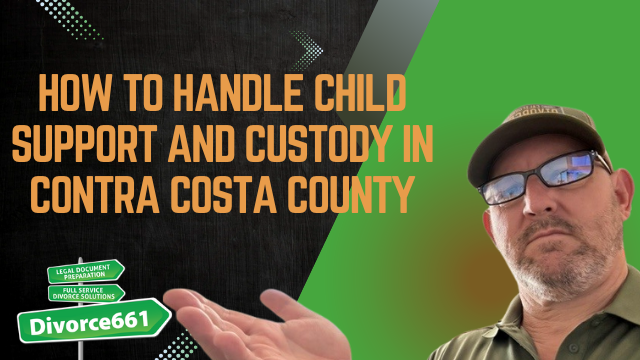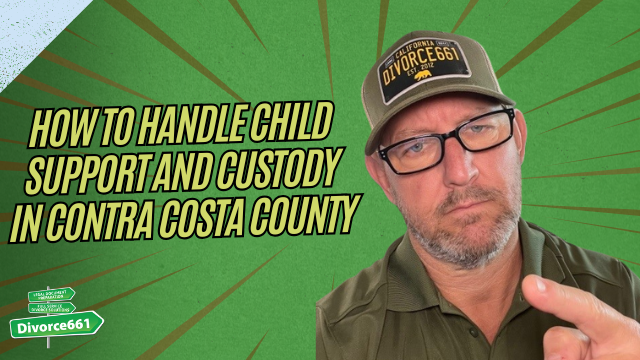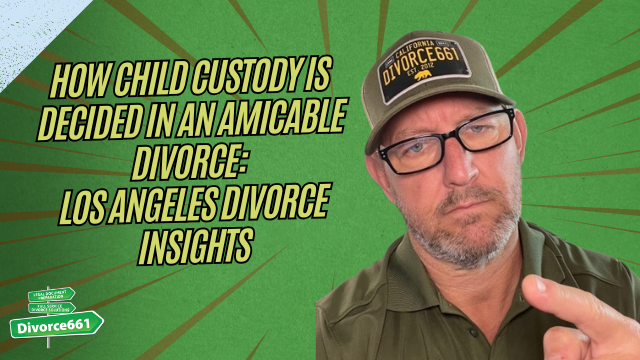How to Prepare a Parenting Plan in California
If you have children and are going through a divorce in California, a clear parenting plan is one of the most important documents you will create. A well-crafted plan reduces conflict, sets expectations for both parents, and helps ensure the arrangements are approved by the court. Below is a practical guide to creating a parenting plan that is realistic, fair, and focused on your children.
Why a Parenting Plan Matters
A parenting plan spells out how parents will share time and make decisions for their kids. It covers daily routines, holidays, vacations, and how major decisions about health, education, and welfare will be handled. Judges evaluate parenting plans based on the best interest of the child, and California courts generally prefer joint legal custody when it is appropriate. A detailed plan makes it easier to get court approval and helps avoid disputes down the road.
What a California Parenting Plan Must Include
At a minimum, your parenting plan should include clear language about:
- Time sharing schedule — regular weekdays, weekends, and overnight arrangements.
- Holiday and vacation schedules — how major holidays, school vacations, and special days will be divided.
- Decision-making responsibilities — who has authority for education, medical care, religion, extracurriculars, and other major issues.
- Transportation and exchanges — where and how handoffs will occur and who is responsible for travel.
- Communication — how parents and children will communicate when they are apart, and expectations for parent-to-parent communications.
- Dispute resolution — steps to take if parents disagree, such as mediation before returning to court.
- Modification and review — how and when the plan can be changed as children age or circumstances shift.
Joint Legal Custody: What It Means and Why Courts Favor It
Joint legal custody means both parents share decision-making responsibility for important issues affecting the child. California courts favor joint legal custody when it is in the child’s best interest because it encourages both parents to remain involved. To succeed with joint legal custody, your plan should show how parents will cooperate on decisions and resolve disagreements.
A Real Example: Creating a Simple 50/50 Schedule
We recently helped a couple design a straightforward 50/50 shared parenting schedule that matched both parents’ work lives. Key elements that made this plan successful:
- Balanced weekday and weekend time that fit each parent’s job schedule.
- Clear holiday and vacation terms so special days are rotating or specifically assigned.
- All terms were written into the judgment so the plan was enforceable and reduced future conflict.
The court approved the plan without issue because it was child-focused, realistic, and included the necessary legal language.
Step-by-Step: How to Build Your Parenting Plan
- Start with routines — describe a typical week so both parents know where the child will be on weekdays and weekends.
- Add holidays and vacations — list major holidays and specify who will have the child each year or how you will rotate.
- Define decision-making — state whether parents will share legal custody and which types of decisions require joint agreement.
- Include logistics — specify pick-up/drop-off locations, transportation responsibilities, and timeframes for exchanges.
- Address communications — set expectations for phone calls, texts, video chats, and parental updates.
- Plan for disputes — require mediation or counseling before returning to court to resolve disagreements.
- Put it in writing and in the judgment — having the parenting plan incorporated into the court judgment makes it enforceable and helps avoid ambiguity.
Tips for Court-Compliant, Child-Focused Language
- Use clear, specific language; avoid vague terms like sometimes or reasonable.
- Focus on what is best for the child, not what is easiest for one parent.
- Include specific dates or rotation schedules for holidays and vacations.
- Address how to handle school pickups, medical appointments, and extracurricular events.
- State how emergency decisions will be made and communicated.
- Include a plan for reviewing and updating the agreement as the child ages or circumstances change.
Common Pitfalls to Avoid
- Being overly inflexible — build in some flexibility for unforeseen events.
- Leaving out logistics — vague exchange arrangements cause recurring conflict.
- Failing to address vacations and holidays — these are frequent sources of disagreement.
- Not including the plan in the final judgment — oral or informal agreements are hard to enforce.
How Professional Help Can Make the Difference
Creating a parenting plan that works for your family and meets court standards can be challenging. A professionally prepared plan ensures the schedule, decision-making responsibilities, and language are realistic and court-compliant. This reduces the chance of delays in court approval and lowers the risk of future disputes.
Next Steps
If you need help preparing a parenting plan in California, consider getting assistance to make sure your plan is clear, fair, and focused on your children. A well-drafted plan increases the likelihood the court will approve it and helps everyone move forward with less stress.
For more help or to schedule a free consultation, visit divorce661.com.










